Antidepressant-like and anxiolytic-like effects of cannabidiol: a chemical compound of Cannabis sativa.
Author information
- 1
- Institute of Psychiatry – Federal University of Rio de Janeiro. Laboratory of Panic and Respiration. Rua Visconde de Piraja, 407/702, Rio de Janeiro, RJ. CEP 22410-003, Brazil. alexschier@hotmail.com.
Abstract
Anxiety and depression are pathologies that affect human beings in many aspects of life, including social life, productivity and health. Cannabidiol (CBD) is a constituent non-psychotomimetic of Cannabis sativa with great psychiatric potential, including uses as an antidepressant-like and anxiolytic-like compound. The aim of this study is to review studies of animal models using CBD as an anxiolytic-like and antidepressant-like compound. Studies involving animal models, performing a variety of experiments on the above-mentioned disorders, such as the forced swimming test (FST), elevated plus maze (EPM) and Vogel conflict test (VCT), suggest that CBD exhibited an anti-anxiety and antidepressant effects in animal models discussed. Experiments with CBD demonstrated non-activation of neuroreceptors CB1 and CB2. Most of the studies demonstrated a good interaction between CBD and the 5-HT1A neuro-receptor.
Other Therapeutic Uses and Remedies
Green Flower Botanicals has made the following Pub-Med research abstract available to our users under Public Domain. Public domain information may be freely distributed and copied, but it is requested that in any subsequent use the National Library of Medicine (NLM) be given appropriate acknowledgment.

